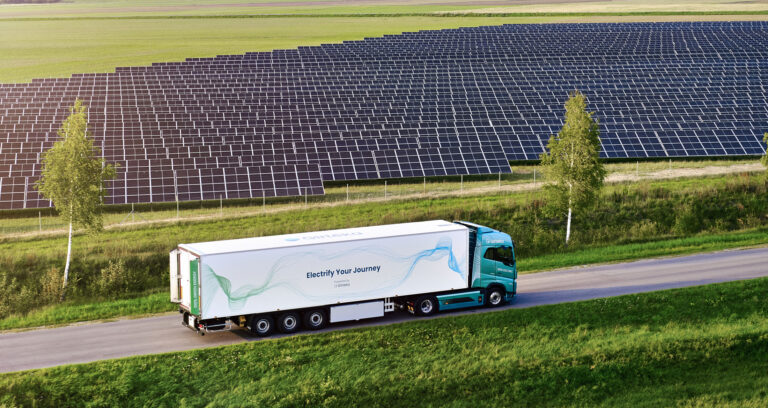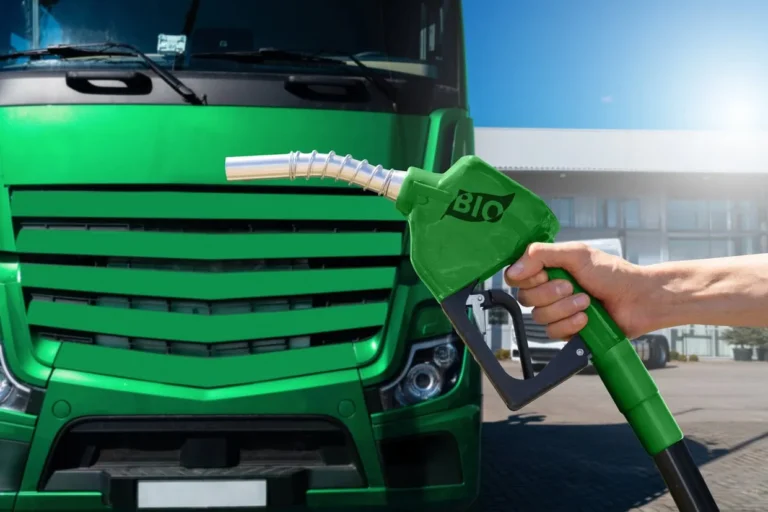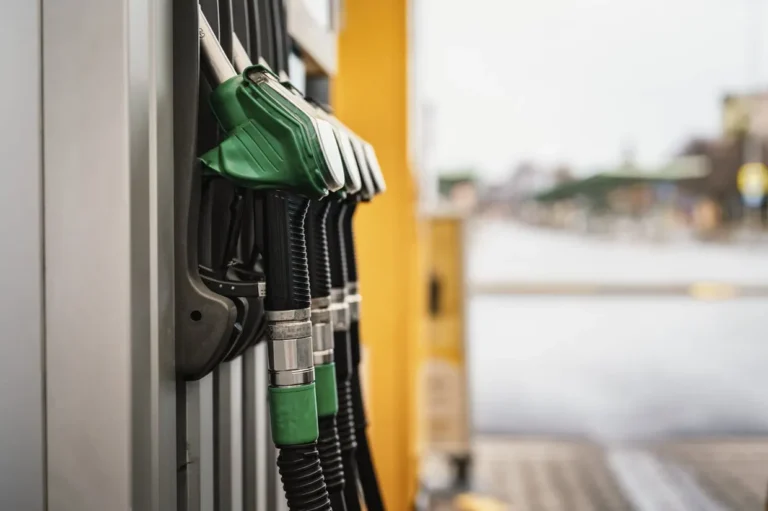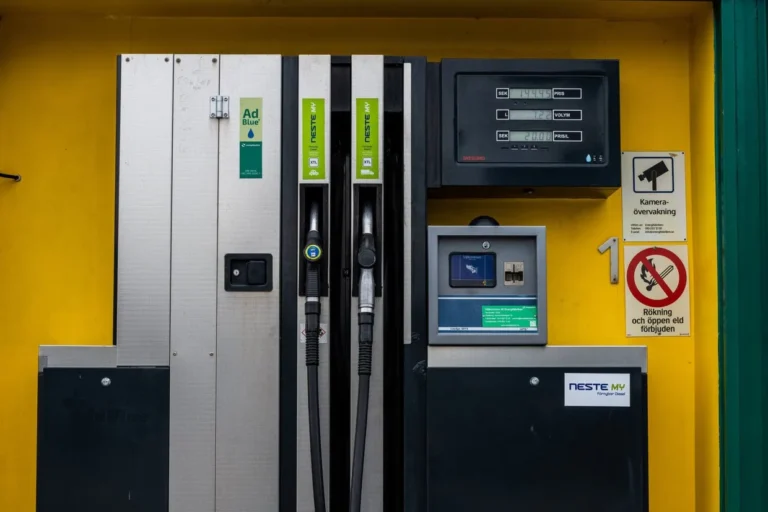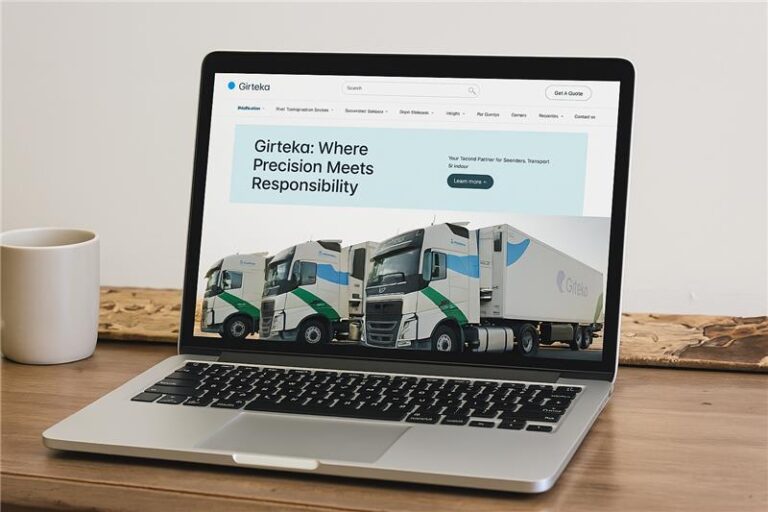If you have ever watched an episode of “Ice Road Truckers” you may have an idea of what it is like for truck drivers to work in extreme conditions. Icy roads sometimes completely impassable due to heavy snow, mountainous terrain with sharp turns and narrow tunnels, and sub-zero temperatures to complement the long dark winter nights. These are the kind of circumstances that truck drivers working in Scandinavia must deal with. In reality it is perhaps less dramatic than in the TV series, but still hell of a challenge. So why do some choose to work in these conditions? And how can drivers be prepared for what awaits them on the road?
Scandinavia features large distances between industrial cities and a lot of cross-country traffic – an ideal environment for long haul transport. However, the long distances and mountainous terrain also make it difficult to organize logistics – it requires specific knowledge and experience at all stages, from drivers, transport colleagues to planning and commerce.
Carriers face specific requirements regarding their trucks and equipment, while drivers must have the necessary qualifications to be able to operate in extreme weather and road conditions they will meet.
Truck preparation
All trucks operating in Nordic countries must be in perfect technical condition before the winter season (October – March) kicks-off. Hence, every year before the season begins Girteka’s entire Nordic fleet of 1,200 trucks is taken to maintenance to make sure that they are in the right shape – this includes checking service fluids, autonomous heaters, air systems (condensate drainage), etc.
Girteka’s advantage is that the company constantly updates its fleet of more than 9,000 trucks with latest on the market vehicles that feature the newest technologies ensuring increased safety and efficiency.
Due to adverse weather conditions the probability that drivers will get stuck, for example, in a tailback or at an emergency parking is quite high. For that reason, sufficient supplies of fuel and service fluids specially treated for temperatures going down to -50oC must always be present in the vehicle.
The main rule of safe road transportation in Nordic countries is sufficient vehicle protection against slipping on the road. During the maintenance check-up, the tyres of the entire Nordic fleet are changed into winter tyres and the trucks are equipped with full sets of snow chains.
Driver preparation
Girteka has made very large investments in continuous driver education to make sure that the drivers have the right skills and knowledge to deliver cargo safely and professionally no matter what the conditions may be. At the company’s in-house Drivers’ Academy, our drivers have separate training for driving in Nordic countries.
During this training drivers get acquainted on the particularities of working in Scandinavia with such topics as snow chain usage and correct way of applying them on the tires, axle load, correct braking functions, driving on mountainous roads and through tunnels, correct load distribution, work and rest mode and other necessary subjects such as customs procedures etc.
A separate 3-axle truck driver training is provided for those driving to the very north of Norway. Only 3-axle trucks go to those locations in winter and only drivers who have at least two-year experience of working in Scandinavia are allowed to drive a 3-axle truck. Trainings repeat every seven months to refresh the skills before every winter season.
Due to the harsh conditions these drivers may face, for example, when fitting tire chains in the dark and in areas where temperatures can fall deep below the freezing point, the 3-axle truck drivers are given special thermally insulated clothing on their journeys.
Driver experience
Norway has a very complex network of roads with large differences in road quality. Often, they may be narrow, winding, and steep. Some of the road network can be particularly challenging during the winter season, especially hilly stretches during periods of heavy precipitation.
In some of the mountain passes, the weather conditions are often so adverse and unstable that the Norwegian public Roads Administration closes them during winter. Other roads are open only during daytime but are closed at night.
„The roads are different here than in the rest of Europe. Although the snow is being ploughed, everything depends on the quality of tyres and the skill of the driver. The roads are narrow, so one truck can hardly pass another one without stopping. It is also very slippery in winter,” says Žydrūnas Norkūnas, a Girteka driver working in Scandinavia. Another challenge, he admits, is lots of night-time work, as the loading happens late in the evening, meaning that the driver works all night and rests during the day, complying with the rules of the Mobility Package.
Whether day or night, ice or snow, most drivers agree – nothing beats the spectacular views and atmosphere of Scandinavian landscape.
When asked why he chose to work here, given all the difficulties of weather conditions and road quality, Žydrūnas says: “It is calmer here; the environment is soothing, and I enjoy the nature. In the rest of Europe, you can be driving in a column of trucks non-stop for the entire day. Here, there is less traffic, the pace is slower, and I like that.”
Another advantage – plenty of empty parking stops along the roadside for resting.
Delivering goods
Truck drivers are a massive workforce, claiming a vital spot in the supply chain. They deliver essential goods daily as per schedule across long distances and sometimes in the harshest conditions. But even heavy snow or icy roads can turn into rewarding experiences for professionals like Žydrūnas, who enjoy facing practical challenges and realize the importance and purpose of their work.
Most importantly, with continuous training opportunities, digital solutions, state-of-the-art trucks, and support from the parent company, truck drivers can feel safe and comfortable focusing on their work and providing high-quality services no matter what region of Europe they are located in.
Girteka’s Nordic operations are mostly located in Norway, from where goods such as fresh fish (red or white depending on the season) are delivered to the rest of Europe. Transportation of fresh produce has very high-quality requirements in Norway and transit times are short. Fresh produce also has its seasonality, and the flows are hard to predict, making the logistics more complex.
Fish loadings occur in the north of Norway, where conditions are harsh compared to the milder climate in the south of the country and the capital Oslo. The cargo is transported directly towards such countries as Spain, Poland, France, and the Benelux, or to terminals in Denmark where the cargo is distributed and delivered further across Europe.
There is also the possibility to send a truck with cargo to Sweden or south of Norway and then load an internal delivery within Norway. Meanwhile, mostly fresh produce such as fruits and vegetables are transported back to the country from various regions in Europe.
Digital Assistance
Throughout the delivery process, Girteka’s drivers are aided by the “Transics” Fleet Management System (FMS). The system is coupled with tablets that are found in the trucks for the drivers to use, facilitating a real-time exchange of data from the perspective of the driver, the manager, and the customer. All information about where to go, where to rest and refuel is delivered to the driver through the Transics hardware.
With the help of this solution as well as the Nordic assistance team, which works 24/7, the driver, following clear instructions and guidelines, can focus on delivering cargo safely and on time.

